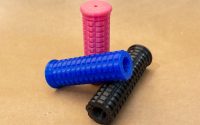The Ideal Ways to Take Care of Your Tennis Racquet
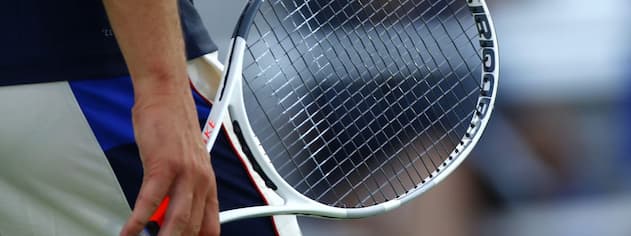
You may think that improving your tennis game is a matter of proper nutrition and more training. You take your protein-packed smoothy to kick start the day and head to the court for hours of tennis playing practice. However, to really improve your performance, you should be focused on finding out good information to act upon, then implement hard work and persistence to achieve your goal. This is what improvement is about.
How well you maintain your racquet can also strongly affect your tennis play. A well-maintained tennis racquet can do wonders for your performance. Frequent use, heat and sweat not only wear out the racquet but also its performance. With that said, you should take care of your racquet to get the most of it as well as contribute to your success. Here are some of the many ways you can take care of your tennis racquet.
Protect Your Racquet From Excessive Heat
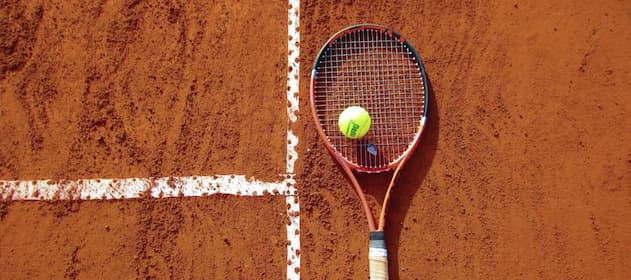
Both too warm and too cold weather can reduce the lifespan of your tennis racquet. High temperatures can distort and twist the racquet frame while low temperatures will make the tennis racquet string fragile and even break. The result will be a racquet of no use to you, no matter how good it was. So, to prevent having to buy a new racquet now and then, make sure you keep your tennis racquet at room temperature and avoid leaving it in the car when the temperature is too hot.
You’ll also want to keep your racquet out of direct sunlight when not in use to prevent it from fading. Bags featuring Thermo pocket technology are available to help you keep your racquet and strings at moderate temperature.
Restring to Improve Performance
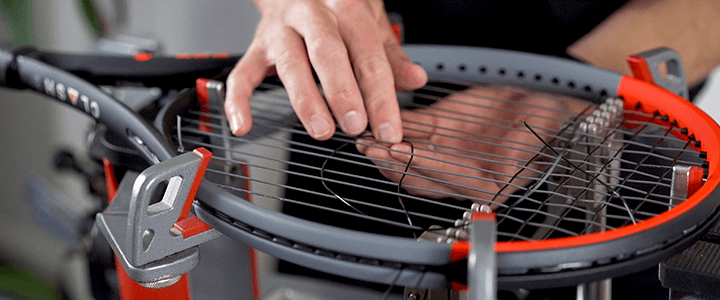
The strings of the racquet play the main role in your performance, the reason why they need to be kept as specified. With time, the original strings get diminished, which affect their pressure. This leads to a reduction in overall performance – something you don’t want.
When it comes to how often you should restring your racquet, a good rule to follow is as many times in a year as you play in a week. For example, if you play three times a week, you should get the strings replaced at least three times a year.
Before you have your tennis strings replaced, you must decide what kind of string you want for your racquet. You’ll find different racquet string types available on the market. Here is a brief explanation of your choices to help you better understand your options.
Natural Gut
A string made from individual strands of intestines (often from cows). It provides the best tension maintenance and feel for any type of player but is also the priciest string on the market. Also, depending on your style of play, this string might not last very long. This string also has a tendency to not react well to weather.
Multifilament
A good string option for those with arm problems as it tends to produce more power and comfort solid-core. It features numerous individual string filaments mostly made of nylon, which are braided or wrapped into a single length of string with a urethane binding agent. If you are after the performance of natural gut strings but can’t afford their cost, these strings provide excellent elasticity when freshly strung. However, they tend to lose tension fairly quickly.
Monofilament
This string generally offers greater durability than natural gut and multifilament strings, but has less power, feel and comfort. Made of one string material or a combination of materials, it’s drawn through a shaped dye to form one solid piece of string. The most common monofilament string is a polyester-based string. This string can be the ideal option if you’re looking for a string that offers durability with control and spin. But it’s also much harder on your arms than most other types of string.
Synthetic Gut
A string typically made of nylon with a solid monofilament core covered by multiple layers of smaller filaments. This construction allows for an all-around performance by combining the improved tension maintenance of the solid core while improving the feel and playability by utilizing the outer wraps. The synthetic gut is the most economical of all strings on the market.
Replace the Grip
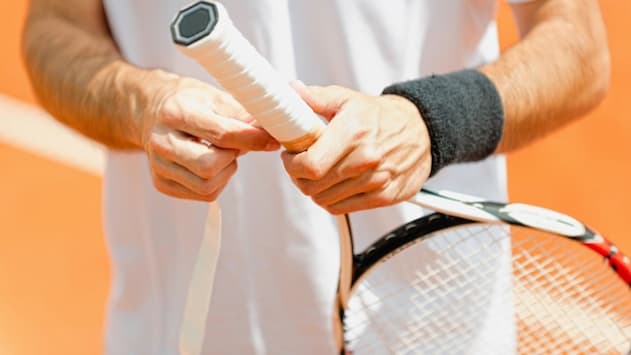
Over time, the sweat of your hands will wear out the grip of your racquet, causing it to become slippery. Such worn-out slippery grips can cause your hand to twist suddenly. Let’s not forget that a dirty grip can be a home for germs. Not replacing the grip timely could affect your health, as this can result in arm problems or blisters in your hands. With that said, the grip of your tennis racquet is something you shouldn’t ignore. Consider replacing your racquet grip at least twice a year.


